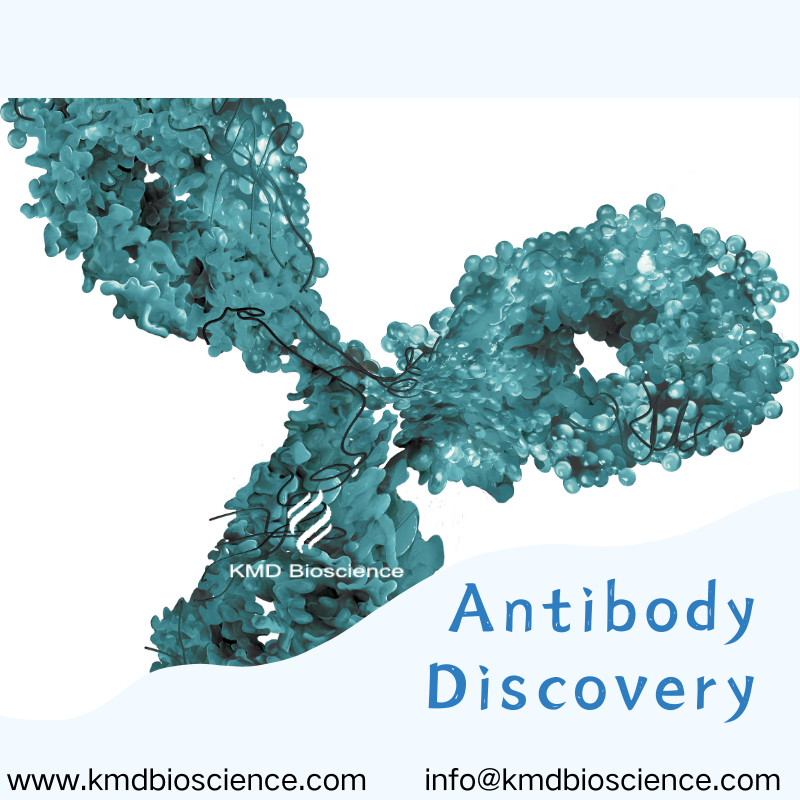Antibody labeling is a common technique used to detect and visualize target proteins in various applications such as flow cytometry, immunofluorescence, and Western blotting. Recombinant DNA technology has enabled the production of highly specific and consistent antibodies, which can then be labeled for these applications. Labeling antibodies with various tags or dyes is a common technique used to track, visualize, and study antibodies in different applications, such as immunofluorescence, flow cytometry, and immunohistochemistry.
Materials Needed
1. Antibody: Purified and in a buffer suitable for labeling.
2. Labeling Reagent: Fluorophore, enzyme, or other tags (e.g., FITC, PE, HRP, biotin).
3. Labeling Buffer: Typically a neutral or slightly basic buffer such as PBS or carbonate-bicarbonate buffer.
4. Quenching Solution: (if needed) to stop the reaction.
5. Dialysis or Desalting Columns: To remove excess labeling reagents.
6. Centrifuge and Microcentrifuge Tubes.
7. Protective Equipment: Gloves, lab coats, and goggles.
Protocol Steps
1. Preparation:
- Antibody Preparation: Ensure that your antibody is in a suitable buffer (e.g., PBS) and at a concentration recommended for the labeling reagent. Generally, the antibody should be in a low salt buffer to facilitate the labeling reaction.
- Labeling Reagent Preparation: Reconstitute or prepare the labeling reagent according to the manufacturer’s instructions. Some reagents are provided as lyophilized powders and need to be reconstituted with a specific solvent.
2. Labeling Reaction:
- Calculate Amounts: Determine the amount of labeling reagent needed based on the antibody concentration and the specific labeling protocol. Generally, a molar ratio of 1:1 to 10:1 (reagent: antibody) is used.
- Mixing: In a microcentrifuge tube or suitable reaction vessel, mix the antibody with the labeling reagent in the appropriate buffer. For example, if using a fluorophore, combine the antibody solution with the fluorophore solution and incubate.
- Incubation: Incubate the reaction mixture at room temperature or on ice for the time specified by the labeling reagent manufacturer. This is usually between 30 minutes to 2 hours.
3. Stopping the Reaction (if needed):
- If the labeling reagent requires quenching, add the quenching solution according to the manufacturer’s instructions to stop the reaction.
4. Purification:
- Desalting or Dialysis: Remove excess unreacted labeling reagents by desalting or dialysis. This can be done using a desalting column or dialysis tubing with a suitable buffer.
- Concentration Adjustment: If necessary, adjust the concentration of the labeled antibody using centrifugal concentration devices or other methods.
5. Storage:
- Store the labeled antibody in an appropriate buffer (e.g., PBS with a preservative like sodium azide) and at the recommended temperature. Typically, labeled antibodies are stored at 4°C for short-term use or -20°C for long-term storage.
6. Quality Control:
- Check Labeling Efficiency: Determine the degree of labeling (e.g., moles of dye per mole of antibody) using spectroscopic methods or label-specific assays.
- Assess Performance: Test the labeled antibody in a functional assay to ensure that the labeling process has not adversely affected its binding activity.
Tips
- Always protect light-sensitive labels from exposure.
- Optimize label-to-antibody ratio to maintain antibody functionality.
- Validate the labeling process with small-scale tests before scaling up.
- Always refer to the specific instructions provided by the manufacturer of the labeling reagent, as the exact conditions and ratios may vary.
- Handle all reagents and antibodies with care to prevent contamination and loss of activity.
Recombinant antibodies produced using DNA technology offer several advantages for labeling, including high batch-to-batch consistency, confirmed specificity, and ease of scalability. The ability to select high-affinity antibodies also improves the sensitivity of the labeled antibodies in various applications.
In summary, antibody labeling protocols using recombinant DNA technology provide researchers with a range of options to efficiently label antibodies for their specific needs, with benefits such as speed, site-specificity, and consistent performance.






Comments